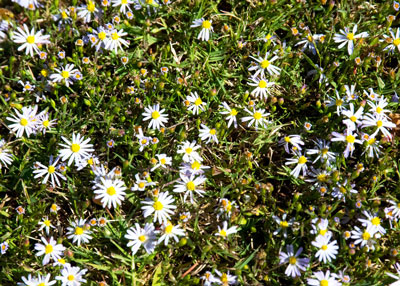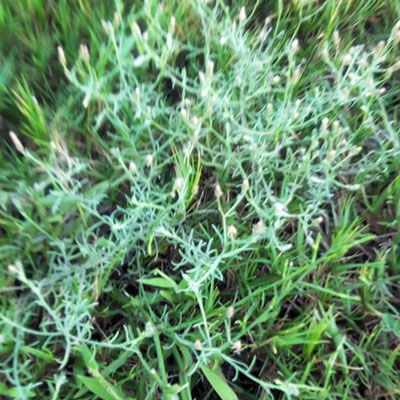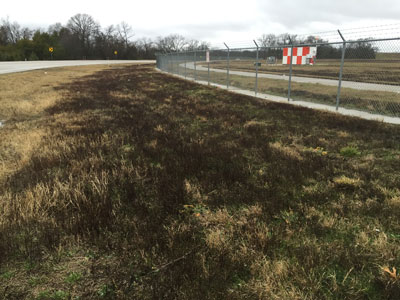Question of the Week #2: September 15, 2016

Photo: This will be the question I’ll answer probably 100 times on Facebook, on radio, in my newspaper columns and on the street over the next several weeks. This little weed comes out of nowhere.
“Neil, what is this wiry little weed that is all over our yard? More importantly, how can we eliminate it?”
You have roadside aster, as do thousands of your fellow Texans. In fact, so do schools, parks, and even roadsides. This tough little plant is virtually everywhere.
So why don’t we just leave it? It’s fairly colorful, and it seems to fill in the voids. While that may work for big, somewhat industrial grounds and highways, it doesn’t play too well in the minds of gardeners. The plant isn’t as soft and cushy as it might look. People complain of how woody it becomes.

Photo: This photograph was posted to my Facebook page early this week. The gardener commented: “They are soft and curly, but if I don’t pull them they get woody and start spreading horizontally.” You can see the flower buds. They’ll be opening before you read this.
Dealing with Roadside Asters
By the time we get to this point in the growing season, there probably isn’t a lot you can do to control roadside aster. A broadleafed weedkiller (containing 2,4-D) might work, but read and follow label directions carefully. I would recommend using a pump sprayer so the droplets will be finer. Hose-end sprayers put out droplets so large they’ll drip right off the leaves.
You could also hope for some control by applying a pre-emergent herbicide in early spring (1 to 2 weeks before the average date of the last killing frost in your area) and again 90 days later. That might keep the seeds from germinating.
Best option:
By far your best control, however, will be if you step up your maintenance program. Look carefully and you’ll see that roadside asters almost always grow where grass is weak. Usually it’s the point that’s farthest from the faucet or that’s most difficult to water (parkways, along drives, etc.). Too, they will normally be worst where you don’t mow regularly and where you seldom apply fertilizer. So the best way to get rid of them is to enable your lawngrass to crowd them out. I have said for all of my career: “Roadside asters are weeds of neglect.”

Photo: So if you’re thinking roadside asters are attractive wildflowers, remember that they bloom for only 10 or 15 days and that this (black stubble) is what you get to see the rest of the winter.
